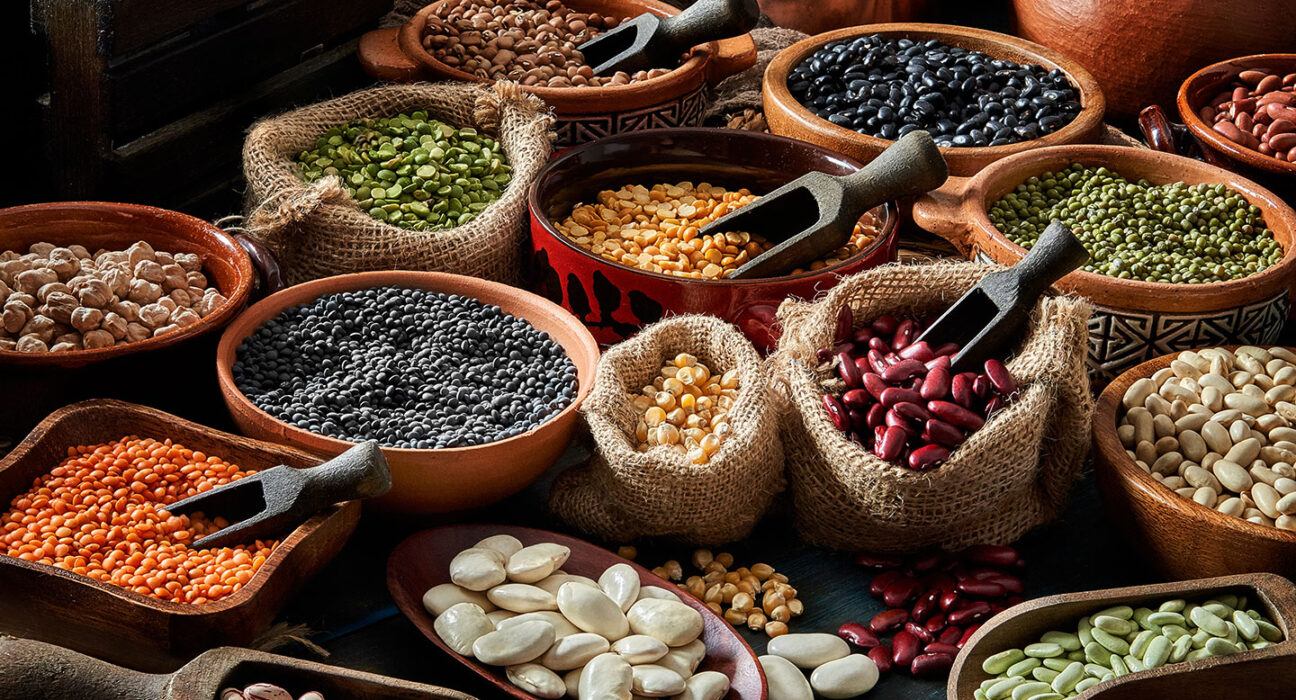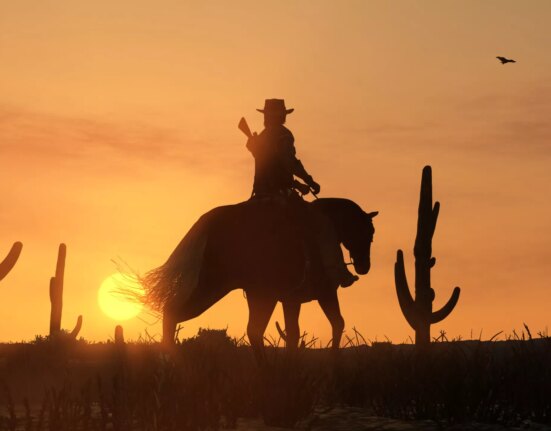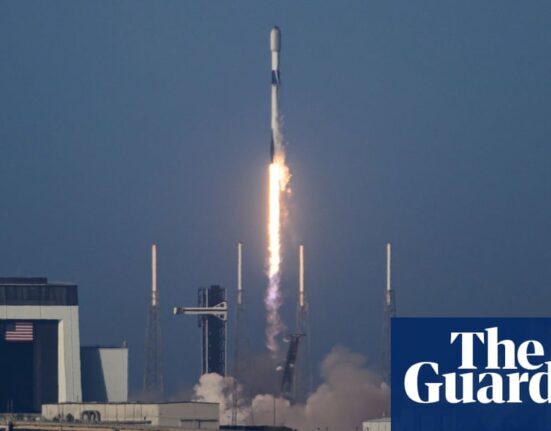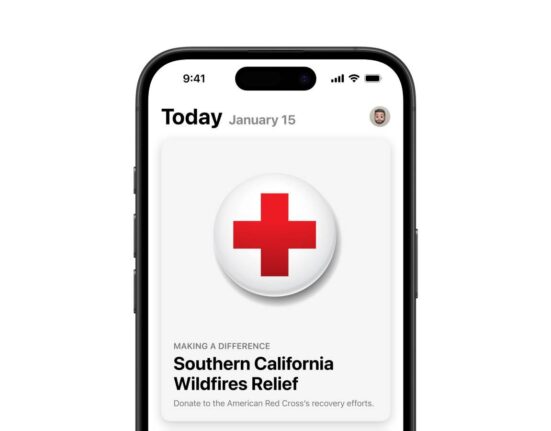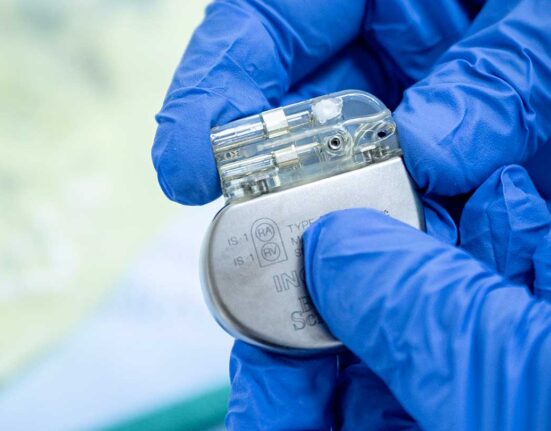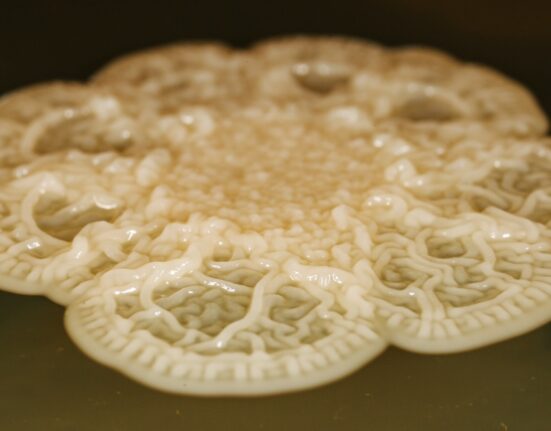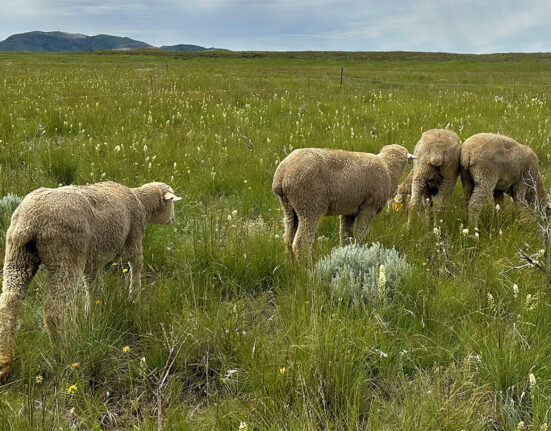appendage: A finger, leg, ear, antenna or other feature that sticks out from some creature and has some apparent specific function.
atmosphere: The envelope of gases surrounding Earth, another planet or a moon.
biologist: A scientist involved in the study of living things.
carbon: A chemical element that is the physical basis of all life on Earth. Carbon exists freely as graphite and diamond. It is an important part of coal, limestone and petroleum, and is capable of self-bonding, chemically, to form an enormous number of chemically, biologically and commercially important molecules. (in climate studies) The term carbon sometimes will be used almost interchangeably with carbon dioxide to connote the potential impacts that some action, product, policy or process may have on long-term atmospheric warming.
carbon dioxide: (or CO2) A colorless, odorless gas produced by all animals when the oxygen they inhale reacts with the carbon-rich foods that they’ve eaten. Carbon dioxide also is released when organic matter burns (including fossil fuels like oil or gas). Carbon dioxide acts as a greenhouse gas, trapping heat in Earth’s atmosphere. Plants convert carbon dioxide into oxygen during photosynthesis, the process they use to make their own food.
cell: (in biology) The smallest structural and functional unit of an organism. Typically too small to see with the unaided eye, it consists of a watery fluid surrounded by a membrane or wall. Depending on their size, animals are made of anywhere from thousands to trillions of cells. Most organisms, such as yeasts, molds, bacteria and some algae, are composed of only one cell. (in telecommunications) A technology that relies on a large number of base stations to relay signals. Each base station covers only a small area, which is known as a cell. Phones that rely on this system are typically referred to as cell phones.
chloroplast: A tiny structure in the cells of green algae and green plants that contain chlorophyll and creates glucose through photosynthesis.
climate: The weather conditions that typically exist in one area, in general, or over a long period.
climate change: Long-term, significant change in the climate of Earth. It can happen naturally or in response to human activities, including the burning of fossil fuels and clearing of forests.
DNA: (short for deoxyribonucleic acid) A long, double-stranded and spiral-shaped molecule inside most living cells that carries genetic instructions. It is built on a backbone of phosphorus, oxygen, and carbon atoms. In all living things, from plants and animals to microbes, these instructions tell cells which molecules to make.
embryo: The early stages of a developing organism, or animal with a backbone, consisting only one or a few cells. As an adjective, the term would be embryonic — and could be used to refer to the early stages or life of a system or technology.
endosperm: (in botany) The tissue that jackets the embryo of seeds from flowering plants. Included is an interior food reservoir (cotyledons) that will nourish a germinating plant until it can grow the leaves it needs to carry out photosynthesis and support its further growth and maturation.
environment: The sum of all of the things that exist around some organism or the process and the condition those things create. Environment may refer to the weather and ecosystem in which some animal lives, or, perhaps, the temperature and humidity (or even the placement of things in the vicinity of an item of interest).
epidermal: Having to do with the epidermis, which is the outermost layer of cells in a multicellular plant or animal.
forest: An area of land covered mostly with trees and other woody plants.
function: The specific role some structure or device plays.
gravitropism (or geotropism): (In botany) A term for the ability of a plant to sense gravity, which then informs it where to send its roots (down toward the center of the Earth) and stem (in the opposite direction) in search of sunlight.
gravity: The force that attracts anything with mass, or bulk, toward any other thing with mass. The more mass that something has, the greater its gravity.
greenhouse gas: A gas that contributes to the greenhouse effect by absorbing heat. Carbon dioxide is one example of a greenhouse gas.
lobe: A rounded and somewhat flat projection. Many leaves, for instance, have lobed edges. The lungs and brain also have lobes.
matter: Something that occupies space and has mass. Anything on Earth with matter will have a property described as “weight.”
meristem: (in botany) The plant tissue whose cells are actively dividing and not yet differentiated into the types that will make up specific organs or tissues.
microbe: Short for microorganism. A living thing that is too small to see with the unaided eye, including bacteria, some fungi and many other organisms such as amoebas. Most consist of a single cell.
mitosis: A form of cell division that creates two daughter cells, each with the same number and type of gene-bearing chromosomes as the parent cell. It’s the most common type of cell division used to support growth and health.
molecule: An electrically neutral group of atoms that represents the smallest possible amount of a chemical compound. Molecules can be made of single types of atoms or of different types. For example, the oxygen in the air is made of two oxygen atoms (O2), but water is made of two hydrogen atoms and one oxygen atom (H2O).
nitrogen: A colorless, odorless and nonreactive gaseous element that forms about 78 percent of Earth’s atmosphere. Its scientific symbol is N. Nitrogen is released in the form of nitrogen oxides as fossil fuels burn. It comes in two stable forms. Both have 14 protons in the nucleus. But one has 14 neutrons in that nucleus; the other has 15. For that difference, they are known, respectively, as nitrogen-14 and nitrogen-15 (or 14N and 15N).
nitrogen fixation: A process in which soil microbes convert nitrogen in from the atmosphere (two nitrogen atoms bound together) into a “fixed” form that other organisms can use (a nitrogen atom bound to three hydrogen atoms).
nutrient: A vitamin, mineral, fat, carbohydrate or protein that a plant, animal or other organism requires as part of its food in order to survive.
organic: (in chemistry) An adjective that indicates something is carbon-containing; also a term that relates to the basic chemicals that make up living organisms. (in agriculture) Farm products grown without the use of non-natural and potentially toxic chemicals, such as pesticides.
oxygen: A gas that makes up about 21 percent of Earth’s atmosphere. All animals and many microorganisms need oxygen to fuel their growth (and metabolism).
phloem: The part of a plant that carries sugars and other products of photosynthesis from where they are made in the leaves to where they are needed.
phosphorus: A highly reactive, nonmetallic element occurring naturally in phosphates. Its scientific symbol is P. It is an important part of many chemicals and structures that are found in cells, such as membranes, and DNA.
photosynthesis: (verb: photosynthesize) The process by which green plants and some other organisms use sunlight to produce foods from carbon dioxide and water.
plumule: The part of a seed’s embryo that will, after germination, emerge to form the first shoot from which leaves will grow and begin photosynthesis.
potassium: A chemical element that occurs as a soft, silver-colored metal. Highly reactive, it burns on contact with air or water with a violet flame. It is found not only in ocean water (including as part of sea salt) but also in many minerals.
radicle: A part of the seed that will become its primary root after germination.
shell: The normally hard, protective outer covering of something. It could cover a mollusk or crustacean (such as a mussel or crab), a bird’s egg or some other relatively soft tissue that needs protection (such as a tree nut or peanut). (in munitions) An explosive bullet, bomb, grenade or other projectile. (in physics) The orbital paths that electrons take around the nucleus of an atom.
species: A group of similar organisms capable of producing offspring that can survive and reproduce.
starch: A soft white chemical made by all green plants. It’s a relatively long molecule made from linking together a lot of smaller, identical building blocks — all of them glucose, a simple sugar. Plants and animals use glucose as an energy source. Plants store that glucose, in the form of starch, as a reserve supply of energy. Animals that consume starch can break down the starch into glucose molecules to extract the useful energy.
stem cell: A “blank slate” cell that can give rise to other types of cells in the body. Stem cells play an important role in tissue regeneration and repair.
stomata: (sing. stoma) Tiny openings in the surface of a plant leaf or stem. They allow gases and water vapor to escape. Some plants close their stomata at night. Other plants — those living in very dry areas such as deserts — close them during the day to keep water inside.
sun: The star at the center of Earth’s solar system. It is about 27,000 light-years from the center of the Milky Way galaxy. Also a term for any sunlike star.
system: A network of parts that together work to achieve some function. For instance, the blood, vessels and heart are primary components of the human body’s circulatory system. Similarly, trains, platforms, tracks, roadway signals and overpasses are among the potential components of a nation’s railway system. System can even be applied to the processes or ideas that are part of some method or ordered set of procedures for getting a task done.
tissue: Made of cells, it is any of the distinct types of materials that make up animals, plants or fungi. Cells within a tissue work as a unit to perform a particular function in living organisms. Different organs of the human body, for instance, often are made from many different types of tissues.
xylem: The part of a plant that conducts water, nutrients and sap.



